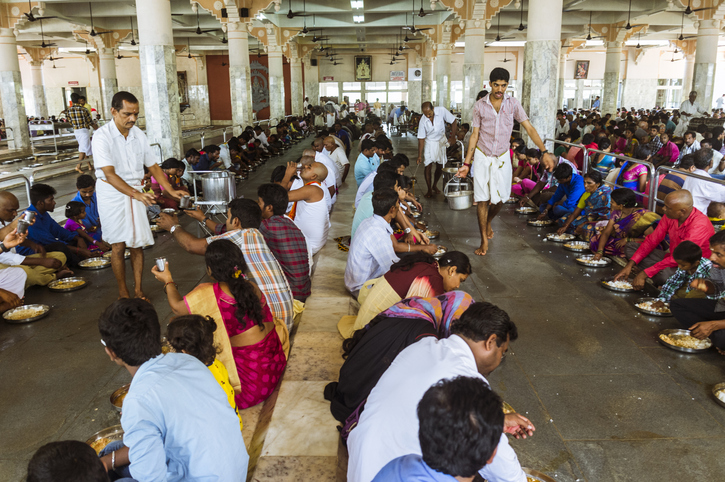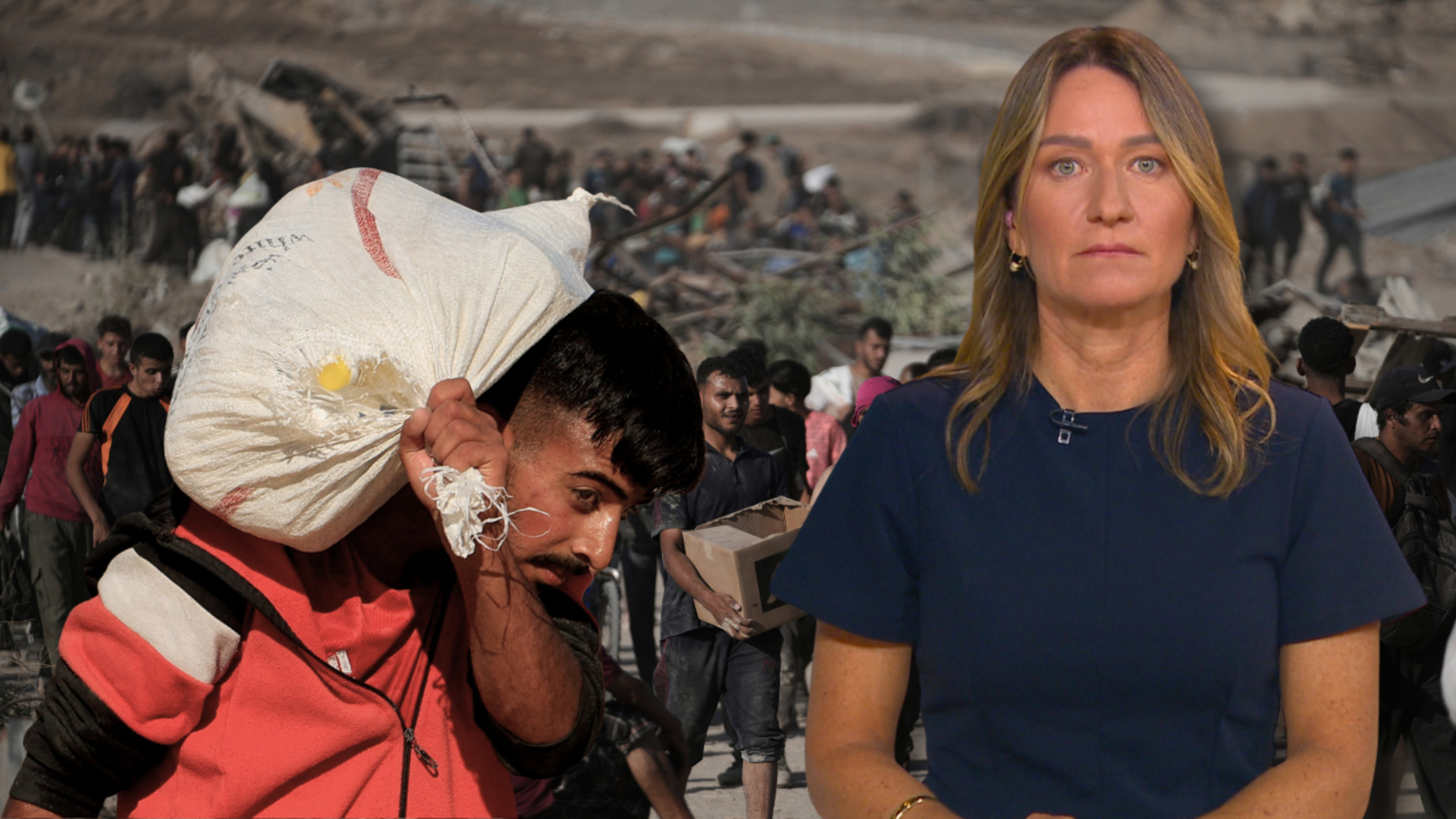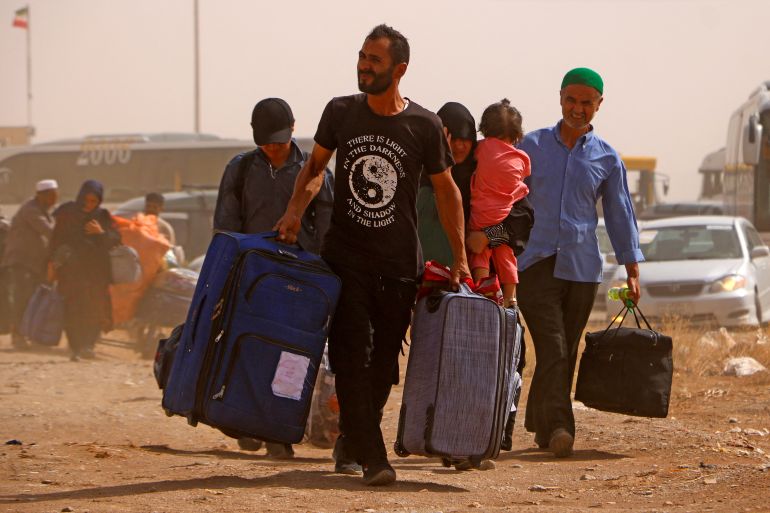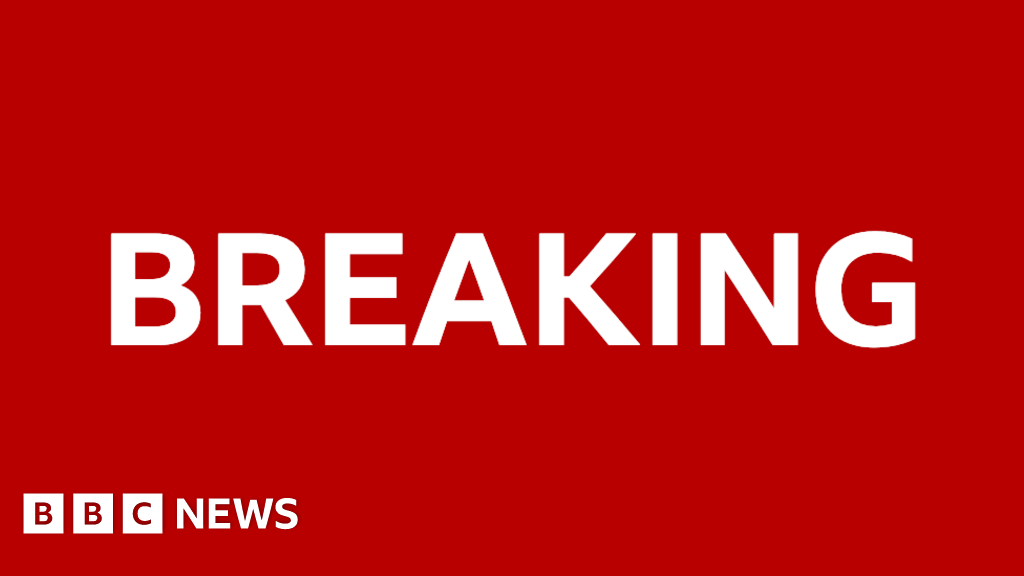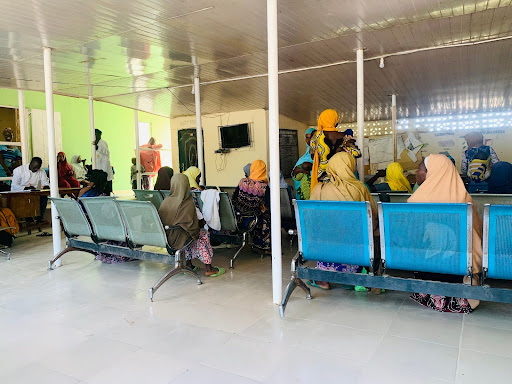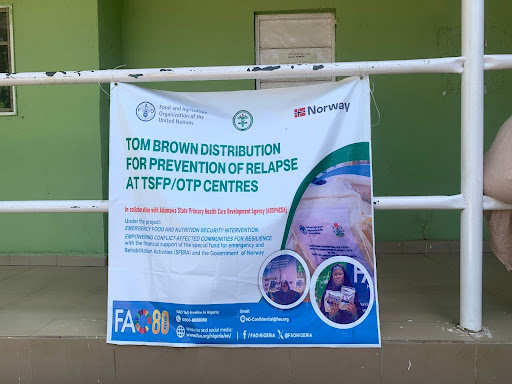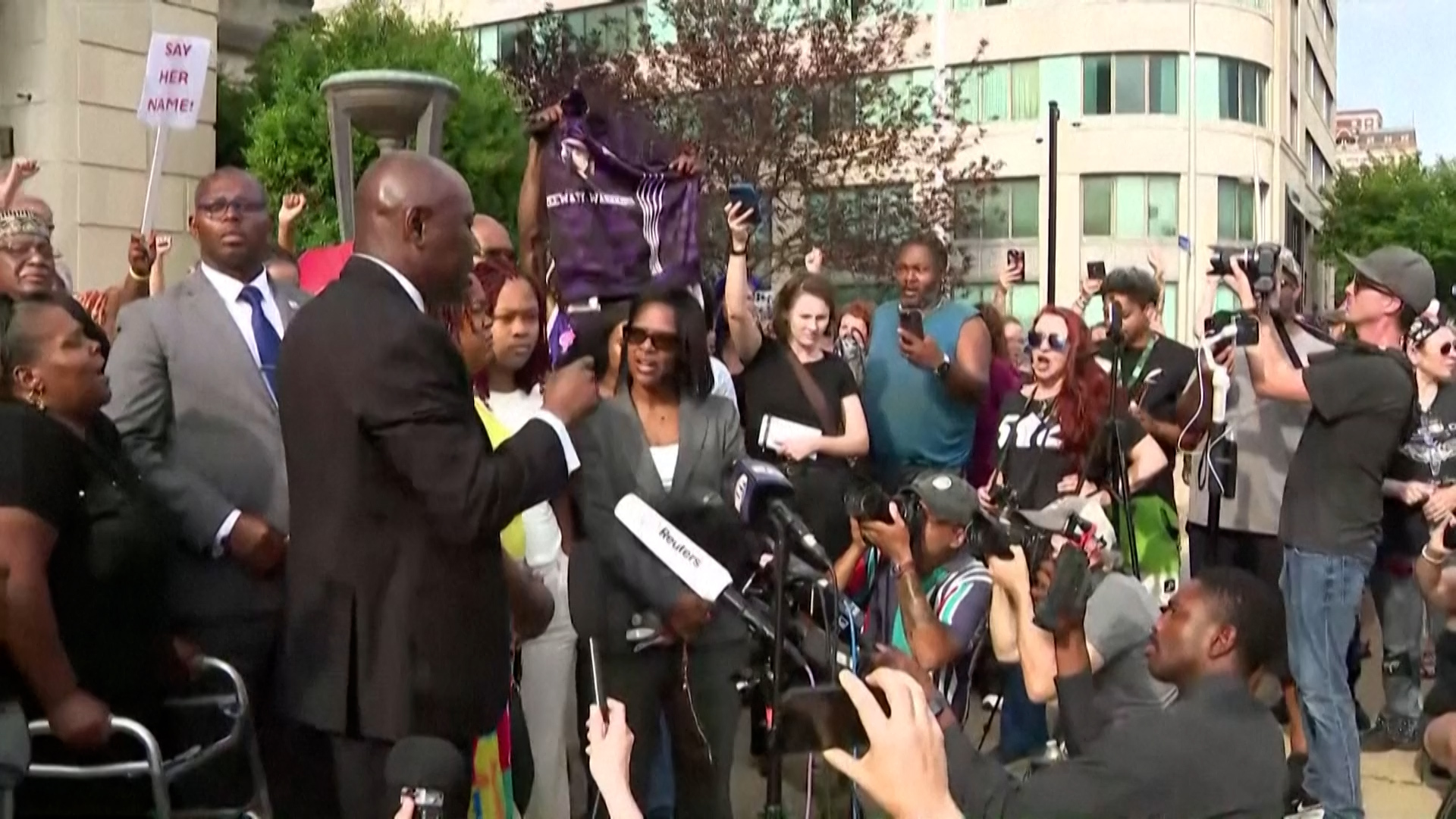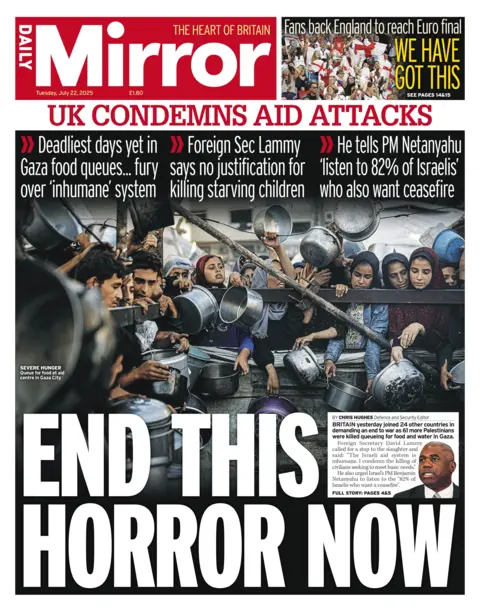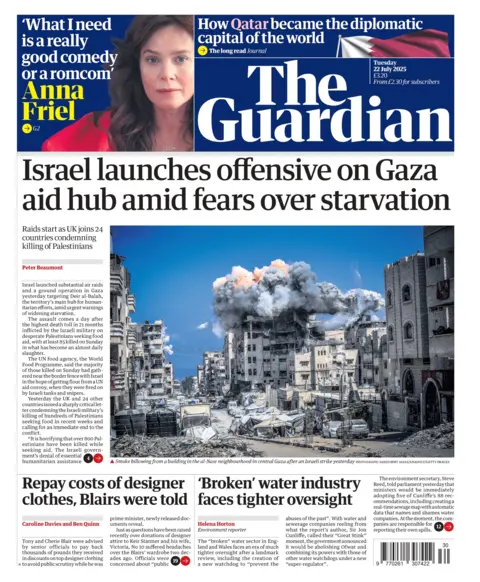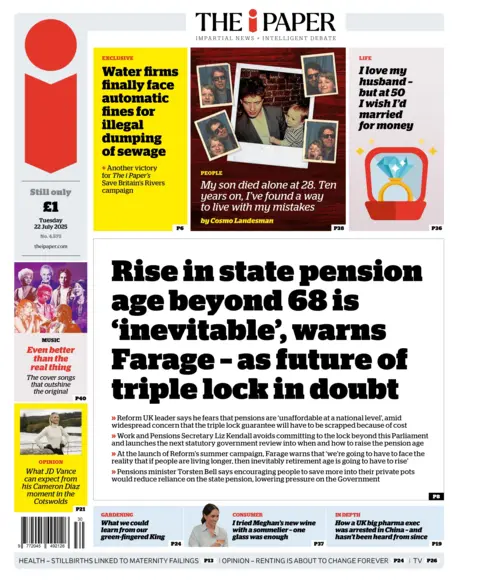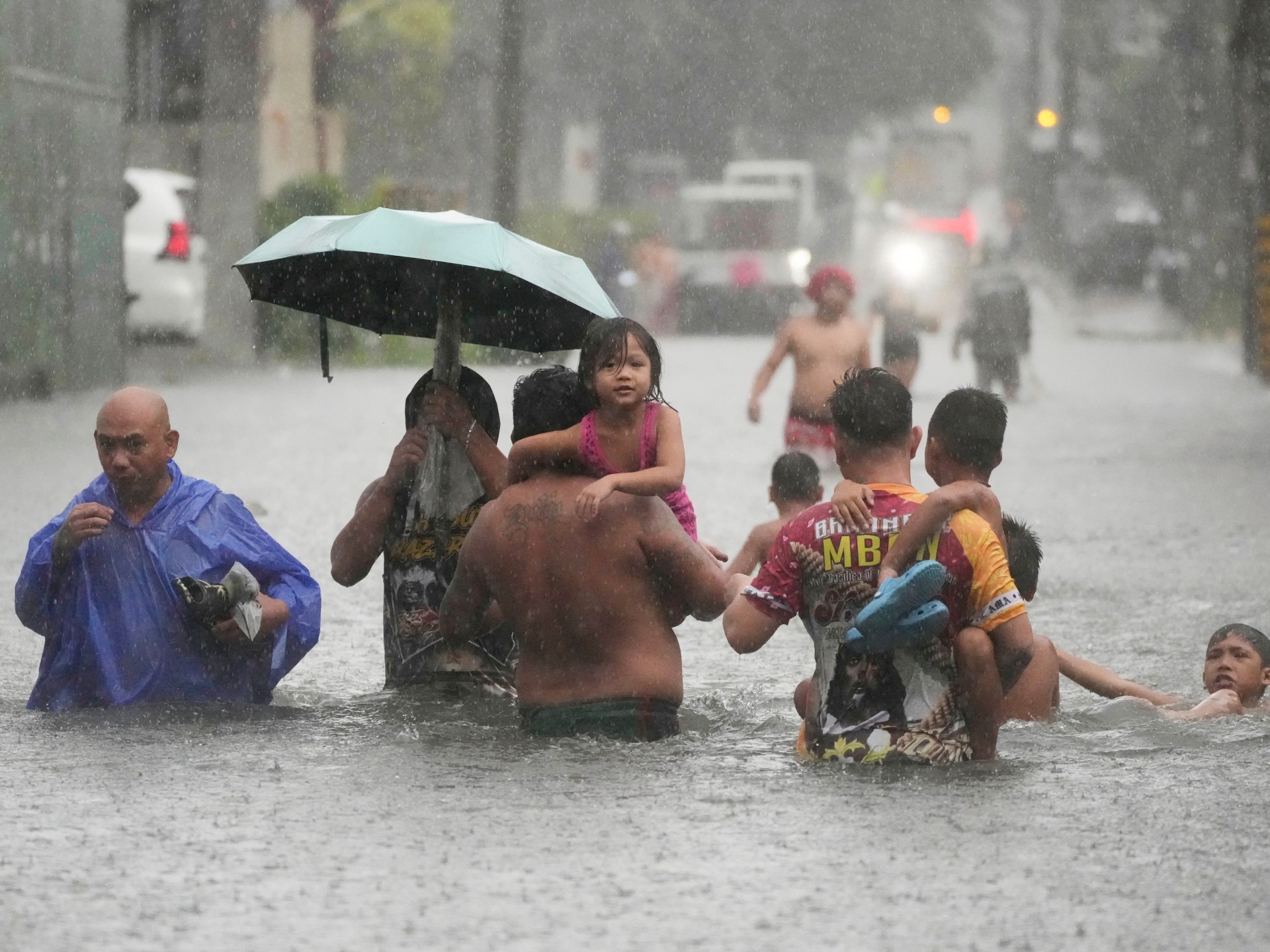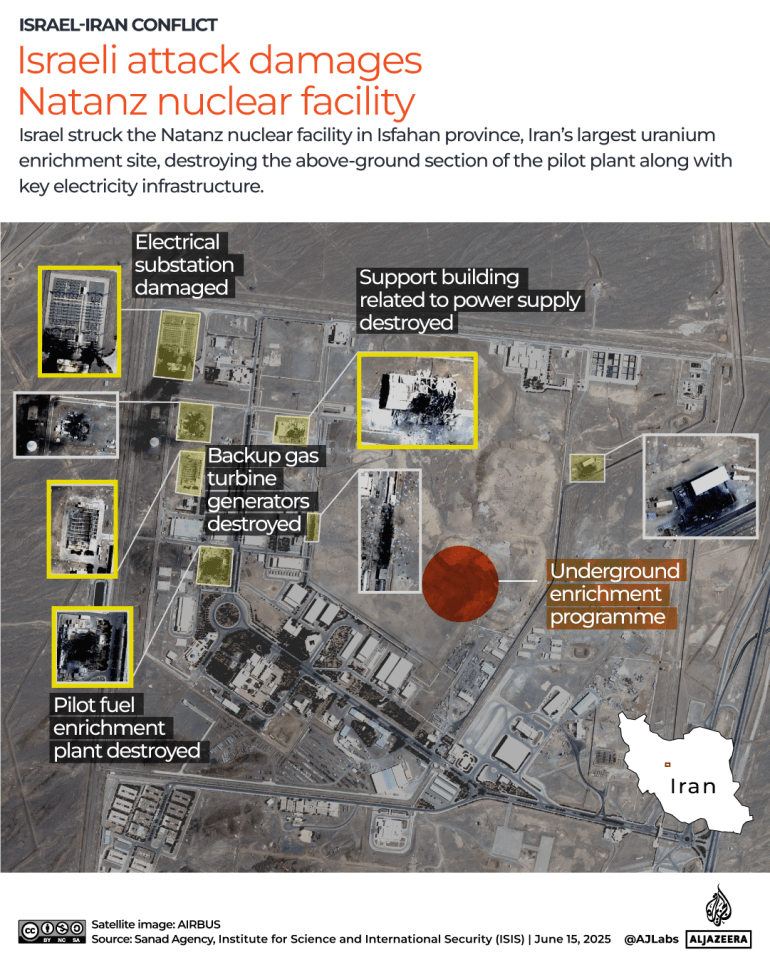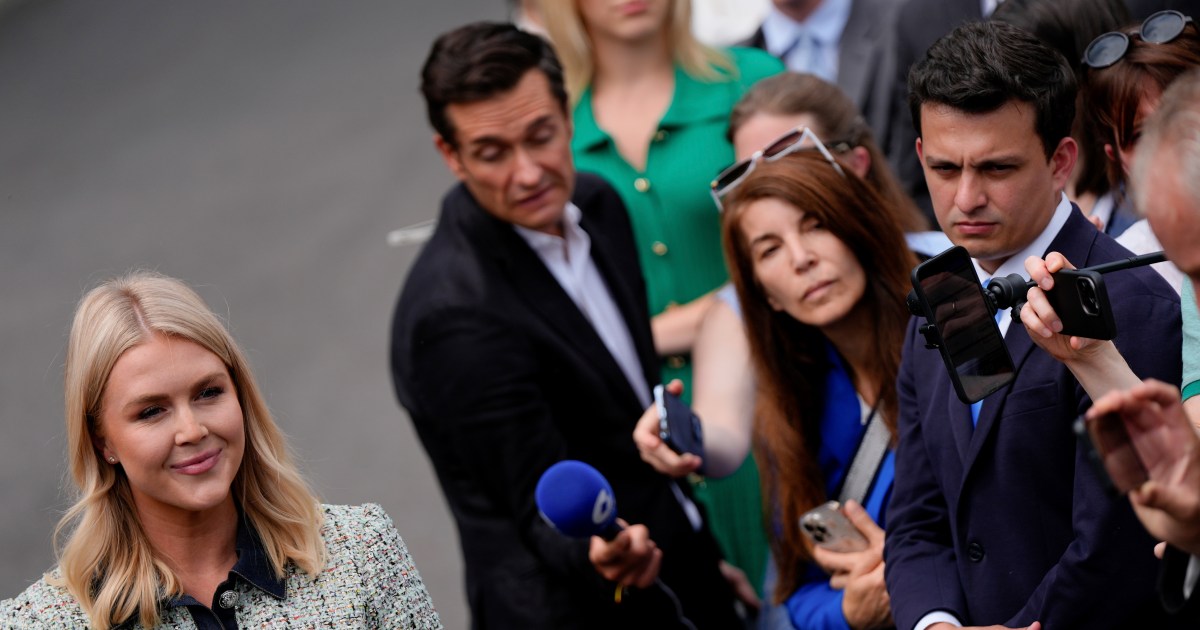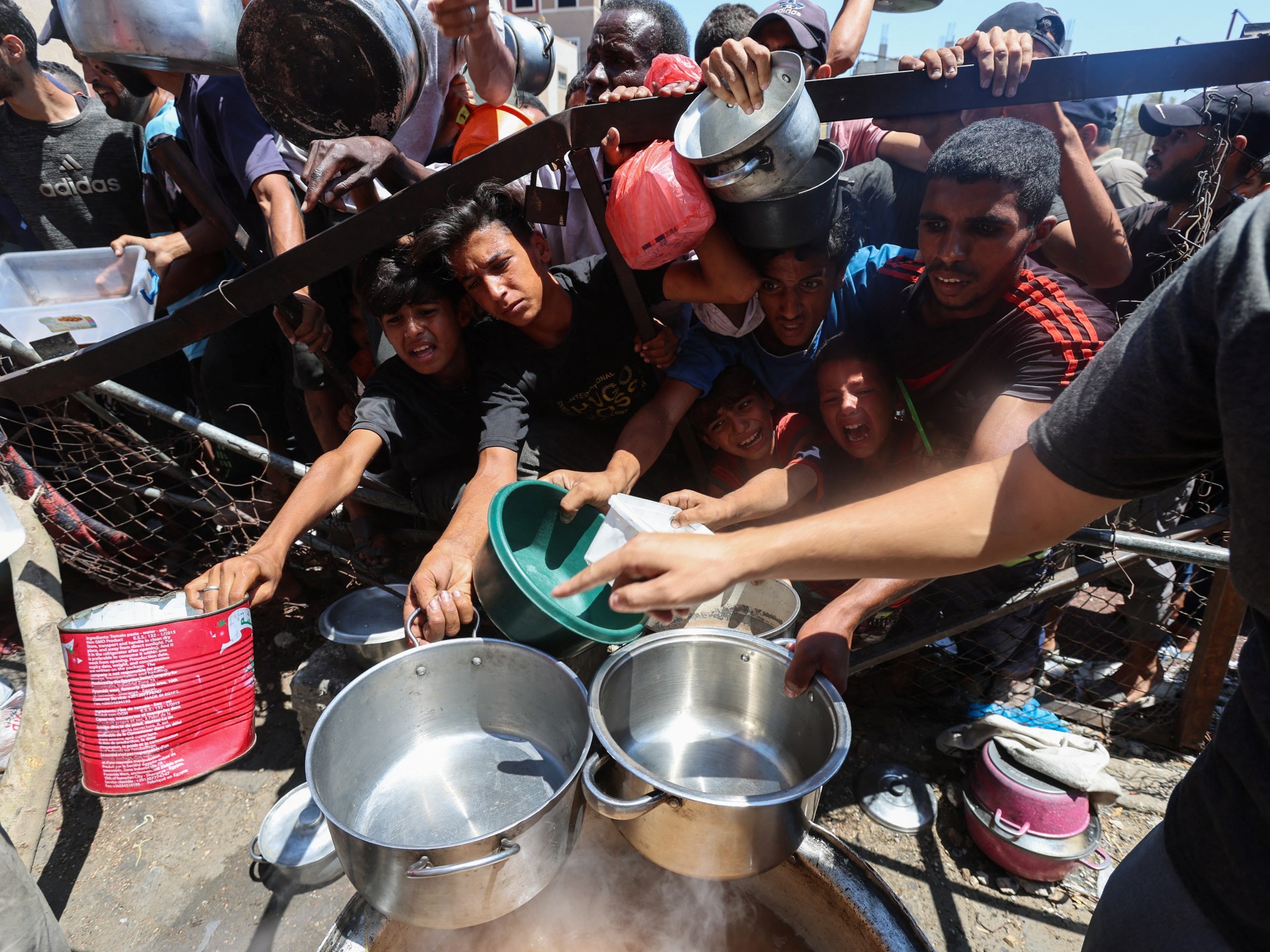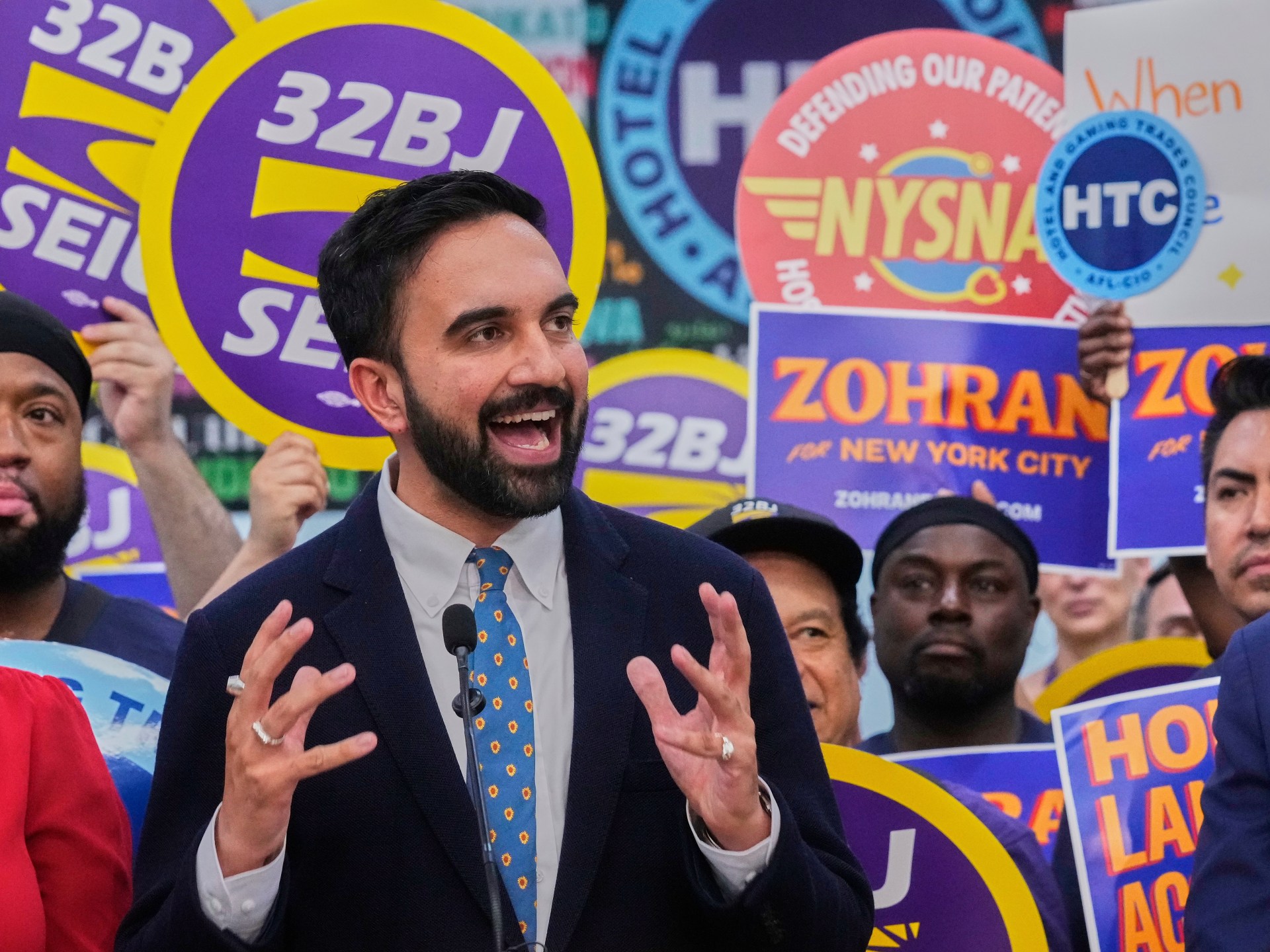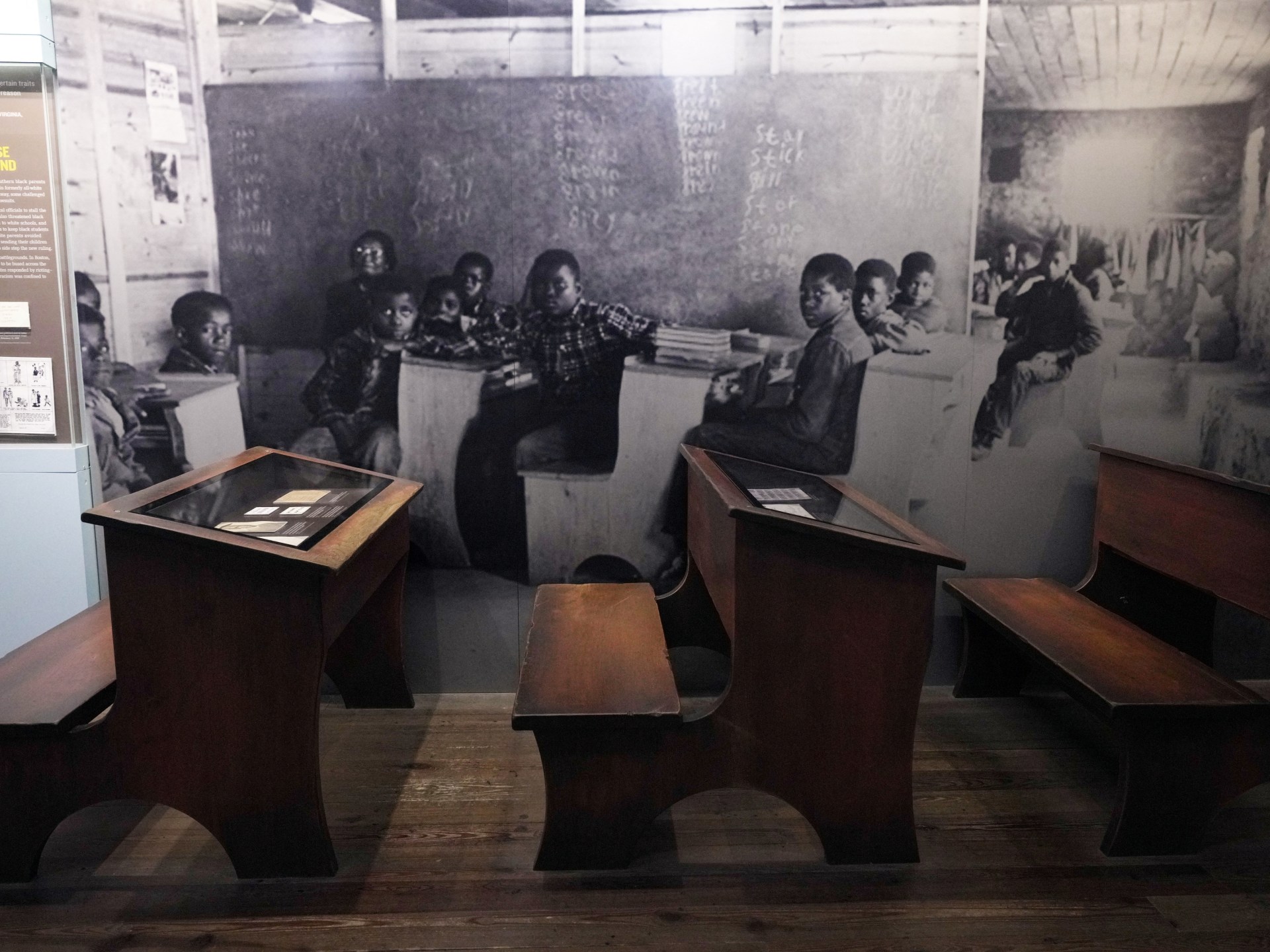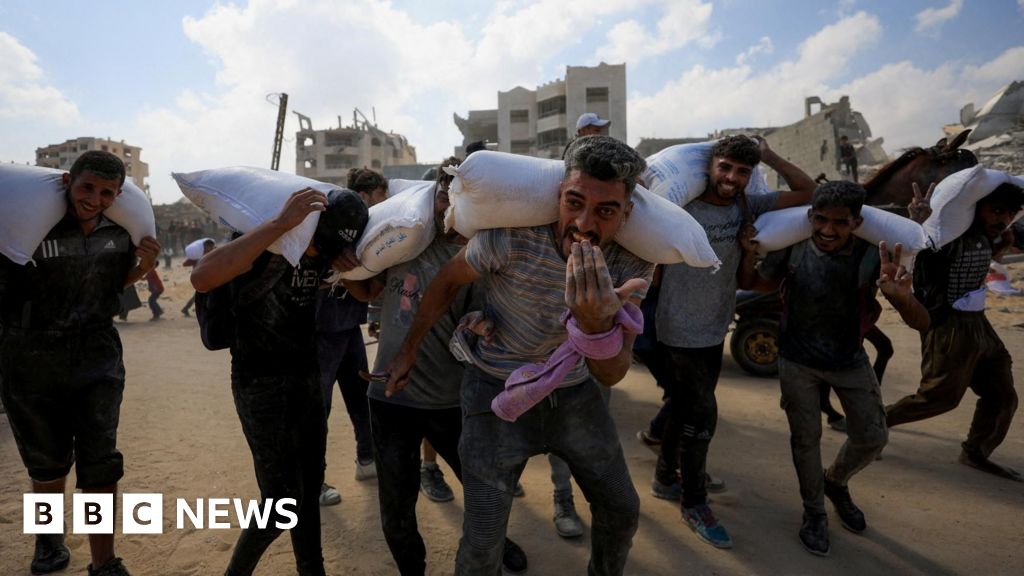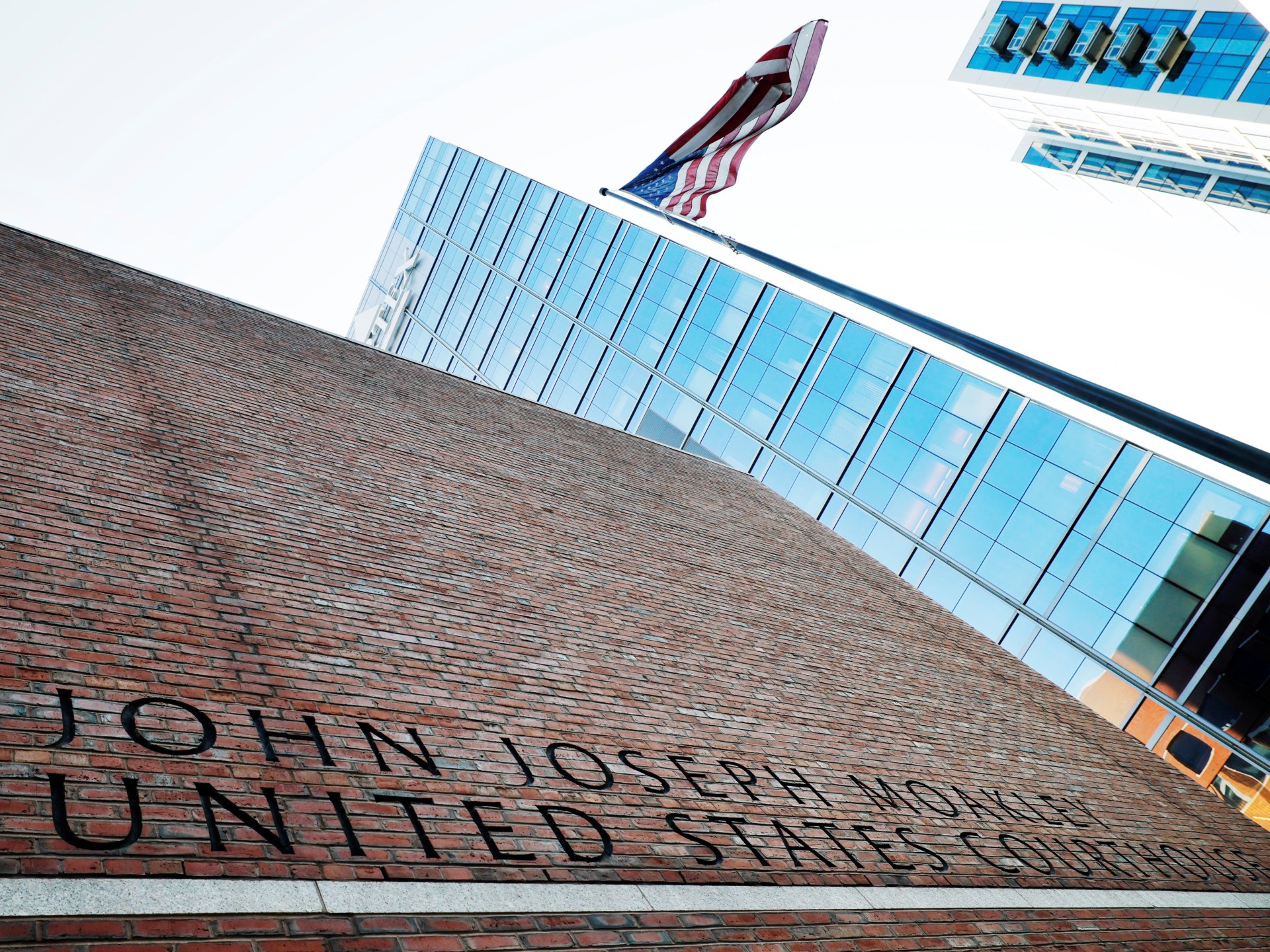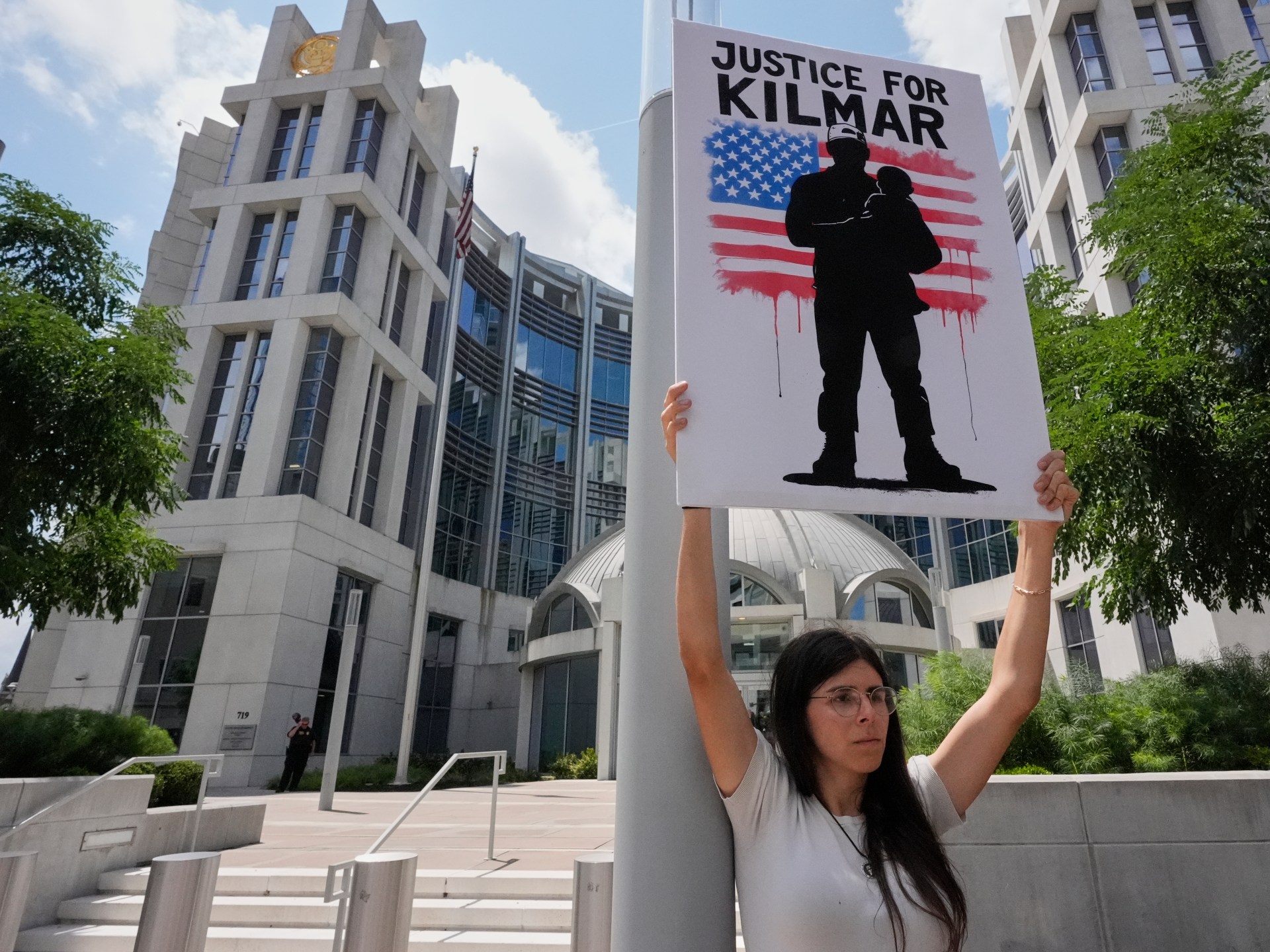Why is India investigating alleged mass killings of sexual assault victims? | Crime News
New Delhi, India – After spending three decades racked with guilt, scared on sleepless nights, and often changing cities, a 48-year-old Dalit man appeared in Karnataka with information about one of the most horrific alleged crimes in India.
Emerging from hiding after 12 years, the man, who once worked as a sanitation worker at the much-revered Dharmasthala temple, told police on July 3 that he was coming forward with “an extremely heavy heart and to recover from an insurmountable sense of guilt”. As a court-protected witness, the man’s identity cannot be revealed under the law.
“I can no longer bear the burden of memories of the murders I witnessed, the continuous death threats to bury the corpses I received,” he said in his statement, reviewed by Al Jazeera, “and the pain of beatings – that if I did not bury those corpses, I would be buried alongside them”.
Now, the whistleblower wants to help in the exhumation of “hundreds of dead bodies” he buried between 1995 and 2014 – many of them women and girls, allegedly murdered after sexual assaults, but also destitute men whose murders he claims to have witnessed.
After days of sustained pressure from activists and public outcry, the Karnataka government – ruled by the opposition Congress party – has created a Special Investigation Team (SIT) to probe the allegations of assault and murder.
So, what did the protected witness reveal in his complaint? Does the temple town have a history of rape and murder? Are more victims coming forward now?

‘Hundreds of bodies’: What’s in the complaint?
Situated on the scenic lower slopes of the Western Ghats, Dharmasthala, an 800-year-old pilgrimage village, is located on the banks of the Nethravathi River in the Belthangady area of the Dakshina Kannada district in Karnataka state, where nearly 2,000 devotees visit daily.
On July 11, the man, fully draped in black clothing with only a transparent strip covering his eyes, appeared at a local court in Belthangady to record his statement.
The complainant, who belongs to the Dalit community – the least privileged and often persecuted group in India’s complex caste hierarchy – joined the temple in 1995 as a sanitation worker.
At the beginning of his employment, he said in the complaint, he noticed dead bodies appearing near the river. “Many female corpses were found without clothes or undergarments. Some corpses showed clear signs of sexual assault and violence; injuries or strangulation marks indicating violence were visible on those bodies,” he noted.
However, instead of reporting this to authorities at the time, the man said he was forced to “dispose of these bodies” after his supervisors beat him up and threatened him, saying, “We will cut you into pieces; we will sacrifice all your family members.”
The supervisors, he claimed, would call him to specific locations where there were dead bodies. “Many times, these bodies were of minor girls. The absence of undergarments, torn clothes, and injuries to their private parts indicated brutal sexual assault on them,” he said. “Some bodies also had acid burn marks.”
The man has told the police and the court that he is ready to undergo any tests, including brain-mapping and a polygraph, and is willing to identify the spots of mass burials. Some sites are likely to be exhumed in the coming days.
In the nearly 20 years he worked at the temple, the man said he “buried dead bodies in several locations throughout the Dharmasthala area”.
Sometimes, as instructed, he burned dead bodies using diesel. “They would instruct me to burn them completely so that no trace would be found. The dead bodies disposed of in this manner numbered in the hundreds,” he said.
Why did he go into hiding?
By 2014, having worked there for 20 years, he said, “The mental torture I was experiencing had become unbearable.”
Then, a girl from his own family was sexually harassed by a person connected to the supervisors at the temple, leading to a realisation that the family needed “to escape from there immediately”. In December 2014, he fled Dharmasthala with his family and informed no one of his whereabouts.
Since then, the family has been living in hiding in a neighbouring state, and changing residences, he said.
“However, I am still living under the burden of guilt that does not subside,” he said. “But my conscience no longer allows me to continue this silence.”
To back his claims, the man recently visited a burial site and exhumed a skeleton; he submitted the skeleton and its photograph during exhumation to the police and the court via his lawyers.
Today, the actual number of dead bodies is not what matters to the former sanitation worker, a person closely associated with the case told Al Jazeera. They requested anonymity to speak.
“Even if it was just two or three women, and not hundreds, their lives matter,” they said, reflecting on why the whistleblower came forward. “If there is a chance at justice, their bodies getting proper rituals, we want to take it.”

Did he identify the victims?
No, he did not identify them by name. However, he detailed some of the burials in his statement to the police.
He recalled that in 2010 he was sent to a location about 500 metres (1,640ft) from a petrol pump in Kalleri, nearly 30 kilometres (19 miles) from Dharmasthala. There, he found the body of a teenage girl.
“Her age could be estimated between 12 to 15 years. She was wearing a school uniform shirt. However, her skirt and undergarments were missing. Her body showed clear signs of sexual assault. There were strangulation marks on her neck,” he noted in his statement. “They instructed me to dig a pit and bury her along with her school bag. That scene remains disturbing to this day.”
He detailed another “disturbing incident” of burying a woman’s body in her 20s. “Her face had been burned with acid. That body was covered with a newspaper. Instead of burying her body, the supervisors instructed me to collect her footwear and all her belongings and burn them with her,” he recalled.

Have similar crimes been linked to Dharmasthala in the past?
Yes. There have been repeated protests over the years regarding the discovery of bodies of rape-and-murder victims in and around Dharmasthala, dating back to the 1980s.
These protests have been sporadic but persistent, often led by local groups, families and political organisations.
In 1987, marches were organised in the town to protest the rape and murder of 17-year-old Padmalata. The demonstrations exposed alleged cover-ups by influential figures but were reportedly quashed through intimidation and legal pressure.
The town saw protests flare again in 2012 with the “Justice for Sowjanya” movement, after another teenager was raped and murdered. That case remains unsolved.
Over the decades, families and local political groups have held demonstrations and submitted memorandums to authorities, linking cases such as the 2003 disappearance of medical student Ananya Bhat to larger allegations of mass graves and unnatural deaths.
S Balan, a senior lawyer in the Karnataka High Court and a human rights activist, told Al Jazeera that the killings and mysterious disappearances in Dharmasthala date back to 1979.
“The souls of young girls are crying for justice; hundreds of girls who disappeared were abducted, were raped, and were killed,” Balan told Al Jazeera. “India has never seen this gravity of offence in its republic after independence.”
Balan also met the Karnataka Chief Minister Siddaramaiah last Wednesday with a delegation of lawyers, urging him to form the SIT to probe the alleged mass rapes and murders.
“The chief minister was serious about it. He told us that he will talk to the police and do [what’s needed],” said Balan.
How have the temple authorities reacted?
The administration of the Dharmasthala temple has long been controlled by the powerful Heggade family, with Veerendra Heggade serving as the 21st Dharmadhikari, or hereditary head, since 1968.
Heggade, a recipient of the Padma Vibhushan, India’s second-highest civilian award, is a member of the parliament’s upper house. He was nominated by Prime Minister Narendra Modi’s Bharatiya Janata Party (BJP) in 2022.
His family wields significant influence in the region, overseeing a wide network of institutions.
In 2012, the family came under public scrutiny following the rape and murder of 17-year-old Sowjanya, a resident of Dharmasthala. Her body was discovered in a wooded area bearing signs of sexual assault and brutal violence. Sowjanya’s family has consistently alleged that the perpetrators had ties to the temple’s leadership.
In a statement shared on Sunday, July 20, the temple authorities expressed support for a “fair and transparent” investigation and expressed hope that the investigation would uncover the truth.
K Parshwanath Jain, the official spokesperson for Sri Kshetra Dharmasthala, said the whistleblower’s complaint has “triggered widespread public debate and confusion across the country”.
“In light of public demand for accountability, we understand that the state government has handed over the case to a Special Investigation Team,” he said. “Truth and belief form the foundation of a society’s ethics and values. We sincerely hope and strongly urge the SIT to conduct a thorough and impartial investigation and bring the true facts to light.”

Have the families of missing people come forward?
Yes. Sujatha Bhat, the mother of Ananya Bhat, who disappeared in 2003, has responded publicly to the whistleblower’s shocking revelations about alleged mass burials in Dharmasthala.
The 60-year-old retired CBI stenographer said she has lived in fear for more than two decades but was motivated by media reports of the worker’s testimony and the discovery of skeletal remains. She filed a new complaint with the police last Tuesday.
Bhat said she believes her daughter may have been among the many women who faced abuse and met a violent end, only to be buried without a trace.
She recalled that she was discouraged from pursuing the case further. “They told us to stop asking questions,” she reportedly said, emphasising the climate of fear and silence that surrounded Dharmasthala for decades.
Speaking with reporters after filing the complaint, Bhat appealed: “Please find my daughter’s skeletal remains and allow me to perform the funeral rites with honour.”
She said she wants to “give peace to Ananya’s soul, and let me spend my final days in peace”.
